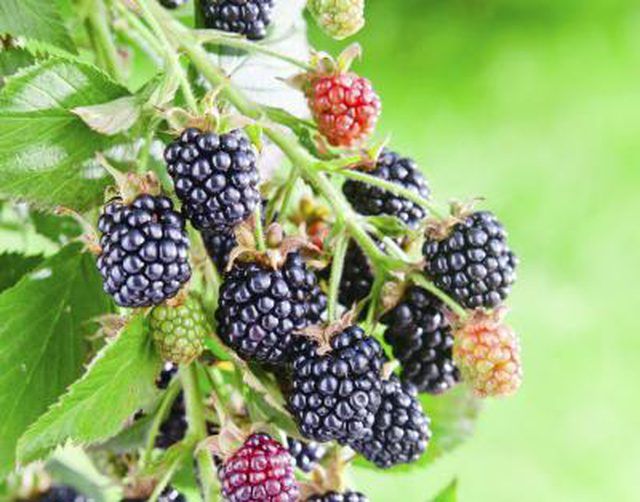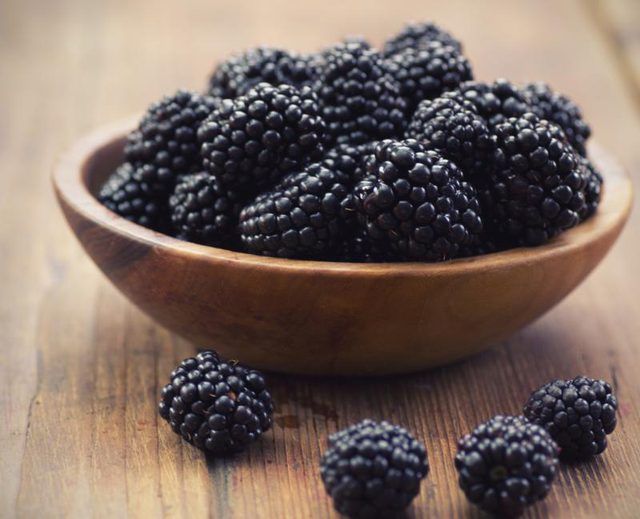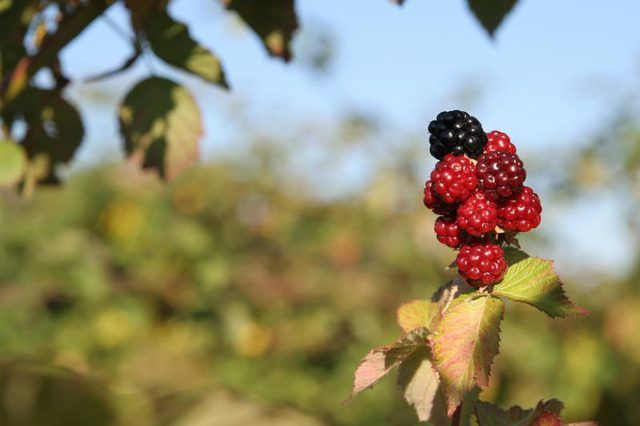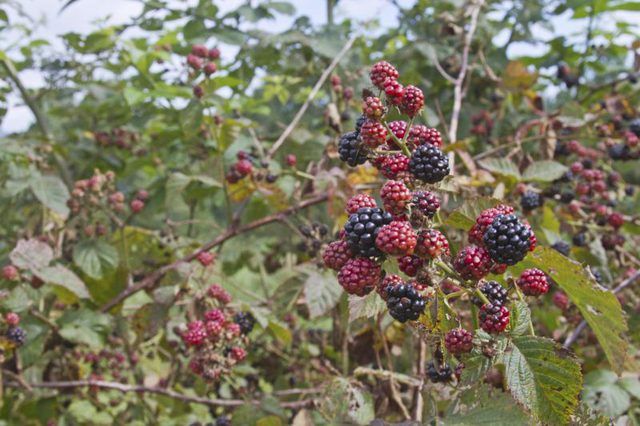Bulbs
Flower Basics
Flower Beds & Specialty Gardens
Flower Garden
Garden Furniture
Garden Gnomes
Garden Seeds
Garden Sheds
Garden Statues
Garden Tools & Supplies
Gardening Basics
Green & Organic
Groundcovers & Vines
Growing Annuals
Growing Basil
Growing Beans
Growing Berries
Growing Blueberries
Growing Cactus
Growing Corn
Growing Cotton
Growing Edibles
Growing Flowers
Growing Garlic
Growing Grapes
Growing Grass
Growing Herbs
Growing Jasmine
Growing Mint
Growing Mushrooms
Orchids
Growing Peanuts
Growing Perennials
Growing Plants
Growing Rosemary
Growing Roses
Growing Strawberries
Growing Sunflowers
Growing Thyme
Growing Tomatoes
Growing Tulips
Growing Vegetables
Herb Basics
Herb Garden
Indoor Growing
Landscaping Basics
Landscaping Patios
Landscaping Plants
Landscaping Shrubs
Landscaping Trees
Landscaping Walks & Pathways
Lawn Basics
Lawn Maintenance
Lawn Mowers
Lawn Ornaments
Lawn Planting
Lawn Tools
Outdoor Growing
Overall Landscape Planning
Pests, Weeds & Problems
Plant Basics
Rock Garden
Rose Garden
Shrubs
Soil
Specialty Gardens
Trees
Vegetable Garden
Yard Maintenance
The Difference Between Blackberries and Marionberries
The Difference Between Blackberries and Marionberries. Many species of blackberry (Rubus spp.) grow wild, primarily in North America, South America, Europe and Asia. They hybridize readily, and abundant garden cultivars now exist that have complex pedigrees of breeding between various blackberry species and cultivars. One of these hybrid...
Many species of blackberry (Rubus spp.) grow wild, primarily in North America, South America, Europe and Asia. They hybridize readily, and abundant garden cultivars now exist that have complex pedigrees of breeding between various blackberry species and cultivars. One of these hybrid blackberries, marionberry (Rubus "Marion"), originated in Marion County, Oregon in 1956. It is a commercial and garden favorite in its U.S. Department of Agriculture plant hardiness zones 7 through 9.

The horticultural abilities of George F. Waldo, a plant scientist working for the U.S. Department of Agriculture and Oregon State University cooperative plant breeding program, gave rise to the marionberry. He crossed two of his own hybrid blackberry varieties together, with the final marionberry pedigree involving six different kinds of blackberries. Most of its ancestors are hybrid blackberries, but one is a species native to Oregon and another is a species native to Europe. Marionberry combines the best traits of its parents.

When it was introduced, the marionberry was the largest -- and generally considered the best-tasting -- blackberry cultivar when compared to wild blackberries and other blackberry cultivars. Its flavor has been characterized as complex, rich and earthy, with a good blend of sweetness and tartness. It also has a firmer texture, allowing it to ship better. Despite the development of newer varieties, the marionberry is still the most planted blackberry cultivar in the world. It bears fruit in midseason, usually from mid-June to mid-July.

Blackberries have either trailing or upright growth habits. Trailing blackberries need a trellis support. Originally all blackberries had thorns on the canes. Now thornless varieties are available. Blackberry canes usually reach 10 feet tall. Marionberry is a trailing variety with abundant thorns. It grows vigorously, with canes up to 20 feet long and fewer canes per plant than most blackberries, allowing it to be pruned back to produce lateral branches for increased yield. The productive vines yield up to six tons of fruit per acre.

Marionberry isn't as cold-hardy as other varieties of blackberry. Examples of more cold-resistant cultivars include "Illini Hardy" (Rubus "Illini Hardy"), growing in USDA zones 4 through 6, and "Black Satin" (Rubus "Black Satin"), hardy in USDA zones 5 through 8. Blackberries need full sun for best growth and fruit production, although in localities with hot summers, marionberry fruit may burn.
